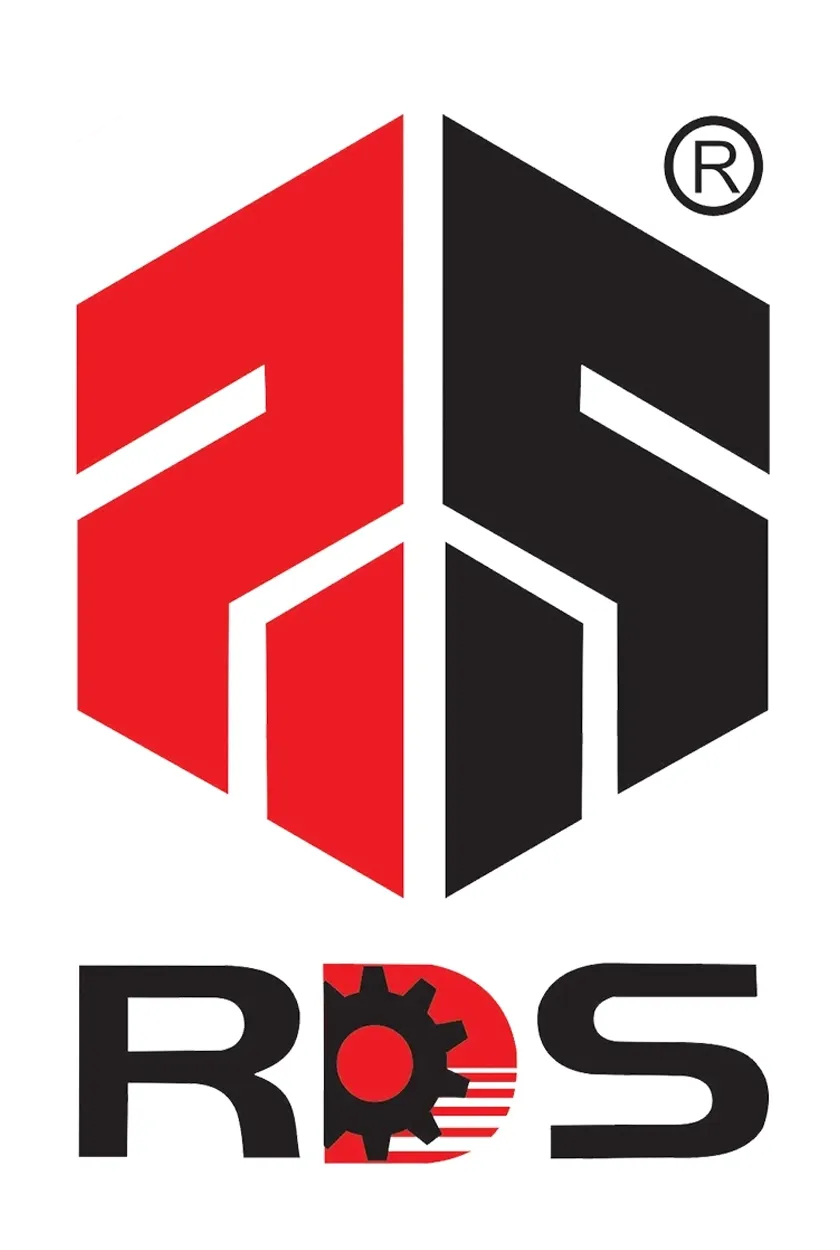How many manufacturing methods of fiberglass tubes do you know?
There are several primary manufacturing methods for epoxy fiberglass tubes, each tailored to specific performance requirements, tube sizes, and production scales.
1. Pultrusion
Continuous fibers (glass, carbon, or aramid) are pulled through a resin bath (epoxy or polyester), then through a heated die that shapes and cures the tube.
During the process, additional layers (veil or mat) can be added for radial strength or surface smoothness.
Key Features:
High production speed: Ideal for long, straight tubes with consistent cross-sections (e.g., round, square, or custom profiles).
Fiber orientation: Mostly longitudinal (along the tube’s length), with some random orientation from mats.
Applications: Structural supports, electrical insulators, marine components, and general-purpose tubing.
Advantages: Cost-effective for high-volume production; uniform wall thickness and smooth surface finish.
Limitations: Limited to straight tubes; complex geometries (e.g., curves, tapers) are difficult.
2. Filament Winding
Fibers are saturated with resin and wound around a rotating mandrel (core) at precise angles (e.g., 0°, 90°, or helical).The mandrel is then cured (oven or ambient temperature), and the tube is removed.
Key Features:
Fiber orientation: Highly controlled (e.g., hoop winding for circumferential strength, longitudinal winding for axial strength, or combined for balanced performance).
Tube shapes: Can produce straight or tapered tubes, as well as complex geometries (e.g., domes for pressure vessels).
Applications: High-performance applications like pressure vessels, aerospace components (e.g., rocket casings), pipes, and custom-engineered structures.
Advantages: Optimized strength for specific loads (e.g., pressure or tension); high fiber volume fraction (up to 70%).
Limitations: Slower production than pultrusion; requires custom mandrels for unique shapes.

3. Hand Lay-Up (Manual Lamination)
Layers of fiberglass fabric or mat are manually saturated with resin and applied to a mold (e.g., a cylindrical mandrel). Air bubbles are removed with rollers, and the tube is cured at room temperature or with heat.
Key Features:
Low-cost setup: Suitable for small batches or prototypes.
Fiber orientation: Mostly random or layered (e.g., alternating longitudinal and circumferential layers).
Applications: Custom tubes, small-scale repairs, or specialized components (e.g., artistic or low-volume industrial parts).
Advantages: Flexible for low-volume production; no expensive equipment needed.
Limitations: Inconsistent quality (dependent on operator skill); slower and less precise than automated methods.

4. Resin Transfer Molding (RTM)
Dry fiberglass preforms (pre-cut fiber shapes) are placed in a closed mold.
Epoxy resin is injected under pressure to saturate the fibers, then cured.
Key Features:
High precision: Produces tubes with tight tolerances and complex internal/external features (e.g., ribs, flanges).
Fiber orientation: Can incorporate both continuous and discontinuous fibers for tailored strength.
Applications: High-performance components in aerospace, automotive, or sports equipment (e.g., lightweight bike frames).
Advantages: Consistent quality; minimal waste; suitable for medium-to-high production volumes.
Limitations: Higher tooling costs; requires specialized equipment and expertise.
5. Centrifugal Casting
Chopped fiberglass and resin are poured into a rotating mold.Centrifugal force distributes the material evenly along the mold’s inner surface, forming a tube.
Cured under rotation to ensure uniform thickness.
Key Features:
Short fibers: Uses chopped strands (not continuous fibers), resulting in more isotropic (balanced) strength but lower than pultrusion/filament winding.
Applications: Large-diameter tubes, pipes, or structural components where uniform thickness is prioritized (e.g., sewer pipes, chemical tanks).
Advantages: Suitable for large sizes; cost-effective for simple, thick-walled tubes.
Limitations: Lower mechanical strength due to short fibers; limited fiber orientation control.

6. Automated Tape Laying (ATL)
Pre-impregnated fiberglass tape (pre-preg) is automatically laid onto a mandrel in precise patterns using a robotic arm.The tape is heated and compacted to ensure adhesion, then cured in an oven or autoclave.
Key Features:
High precision: Computer-controlled fiber placement for complex angles and multi-layered structures.
Continuous fibers: Offers superior strength and consistency.
Applications: High-tech industries (e.g., aerospace, defense) for critical components requiring exacting performance.
Advantages: Ultra-accurate fiber orientation; minimal human error; scalable for large tubes.
Limitations: Extremely high upfront costs; requires advanced robotics and programming.
Key Differences Between Methods
|
Method |
Fiber Orientation |
Production Speed |
Complexity |
Typical Tube Size |
Strength Level |
|
Pultrusion |
Mostly longitudinal |
High |
Low |
Long, straight tubes |
High |
|
Filament Winding |
Controlled (hoop/axial) |
Medium |
Medium |
Straight/tapered tubes |
Very high |
|
Hand Lay-Up |
Random/layered |
Low |
Low |
Small/custom tubes |
Moderate |
|
RTM |
Engineered (hybrid) |
Medium |
High |
Complex profiles |
High |
|
Centrifugal Casting |
Short, random |
Medium |
Low |
Large-diameter tubes |
Moderate |
|
ATL |
Precision-controlled |
Low |
Very high |
Large/high-precision |
Ultra-high |
RDS composite is capable of producing various fiberglass tubes. Our products are carefully managed from raw material procurement through the entire production process to ensure they meet international standards. We are committed to providing you with reliable quality products and timely delivery of services.
 EN
EN






















